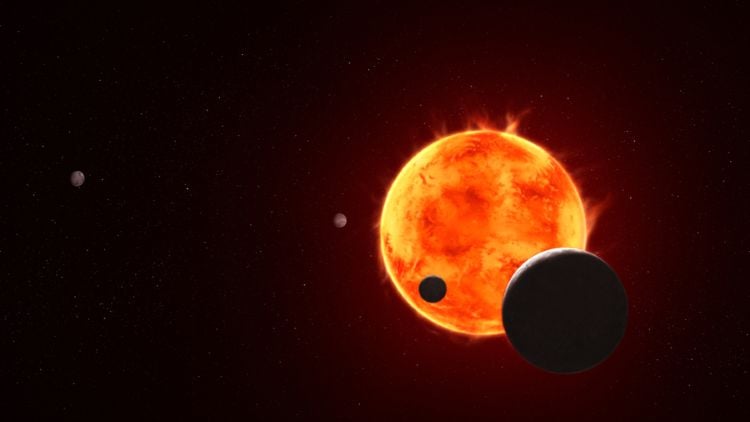Interstellar comet 3I/ATLAS reached its closest point to the Sun, known as perihelion, on Wednesday, March 13, 2024. This cosmic visitor, which has not been visible from Earth since September 2023, was tracked by space-based observatories as it brightened significantly. As it neared the Sun, the intense heat caused the comet’s icy surface to transform rapidly from solid to gas, creating a glowing cloud called a coma and a visible tail.
Interstellar comets like 3I/ATLAS present unique chances for scientists to explore the building blocks of other solar systems. Observations during perihelion offer insights into the comet’s composition, as gases and dust released from its nucleus can provide critical information. Findings from NASA’s and the European Space Agency’s STEREO-A and SOHO observatories, along with data from NASA’s GOES-19 satellite, could deepen our understanding of this interstellar object, which is only the third of its kind ever observed.
Brightening and Unique Characteristics
At perihelion, 3I/ATLAS increased in brightness to approximately magnitude 9. This level of brightness means that if the comet were in Earth’s line of sight, it could be detected using a standard backyard telescope. Scientists Qicheng Zhang from Lowell Observatory and Karl Battams from the U.S. Naval Research Laboratory noted that the comet appeared “distinctly bluer than the Sun,” a coloration linked to the gas emissions contributing to its brightness.
Interestingly, 3I/ATLAS brightened at a much faster rate compared to comets originating from the Oort Cloud, a theoretical region beyond the Kuiper Belt believed to contain many icy bodies. In their recent paper, Zhang and Battams speculated that the rapid brightening could be due to unusual properties of the comet’s nucleus, such as its composition, shape, or structure, possibly acquired during its long journey through space.
A Glimpse into the Future
As 3I/ATLAS moves away from the inner solar system, astronomers anticipate that it may briefly reappear in Earth’s view in late November or early December 2024, with its closest approach to our planet expected around December 19, 2024. Following this period, the comet will gradually fade from visibility as it continues its journey beyond our solar system.
Future missions, such as NASA’s Psyche mission to the asteroid of the same name and the Lucy mission targeting Jupiter’s Trojan asteroids, could provide further observations of 3I/ATLAS. Researchers have already identified that this comet exhibits one of the highest carbon dioxide to water ratios ever recorded in a comet, suggesting that it may continue to yield surprising insights as scientists analyze the perihelion data. The ongoing study of 3I/ATLAS underscores the importance of interstellar objects in expanding our understanding of the universe and its diverse phenomena.







